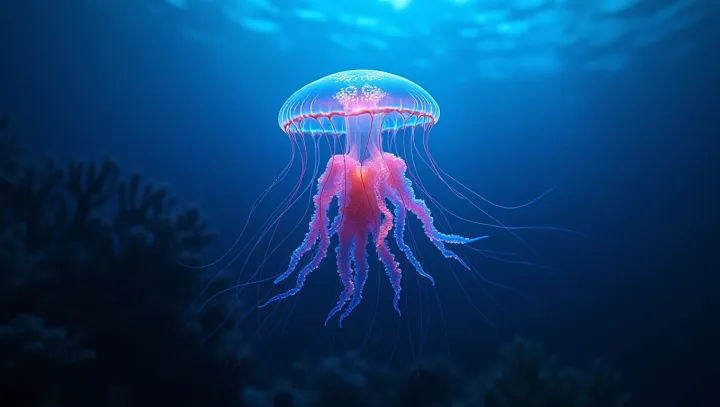The Hidden Danger of Jellyfish

In the azure waters off Queensland, Australia, a sting from a box jellyfish can be a life-altering experience. With reports of tourists and locals annually affected, the debate on whether jellyfish are poisonous or venomous intensifies. The difference is not just semantic; it shapes how we respond to these oceanic threats.
Jellyfish are, in fact, venomous. They possess specialized cells called nematocysts to inject toxins into their prey, a mechanism not seen in poisonous animals, which release toxins when consumed or touched. This distinction impacts medical responses worldwide, as improper treatment can exacerbate injuries.
Experts such as Dr. Emily Harper of Marine Biology Institute highlight that understanding these differences is vital for developing effective safety guidelines and treatment protocols. 'Recognizing the nature of these creatures helps prevent panic and ensures public safety,' she remarks, emphasizing education's role in reducing harm.
With beach tourism a global staple, especially in tropical regions, comprehending these marine dynamics is increasingly relevant. As beachgoers flock to shores, informed awareness can mitigate risks. Comprehensive knowledge empowers both visitors and local authorities to enhance their preparedness against these silent ocean predators.
